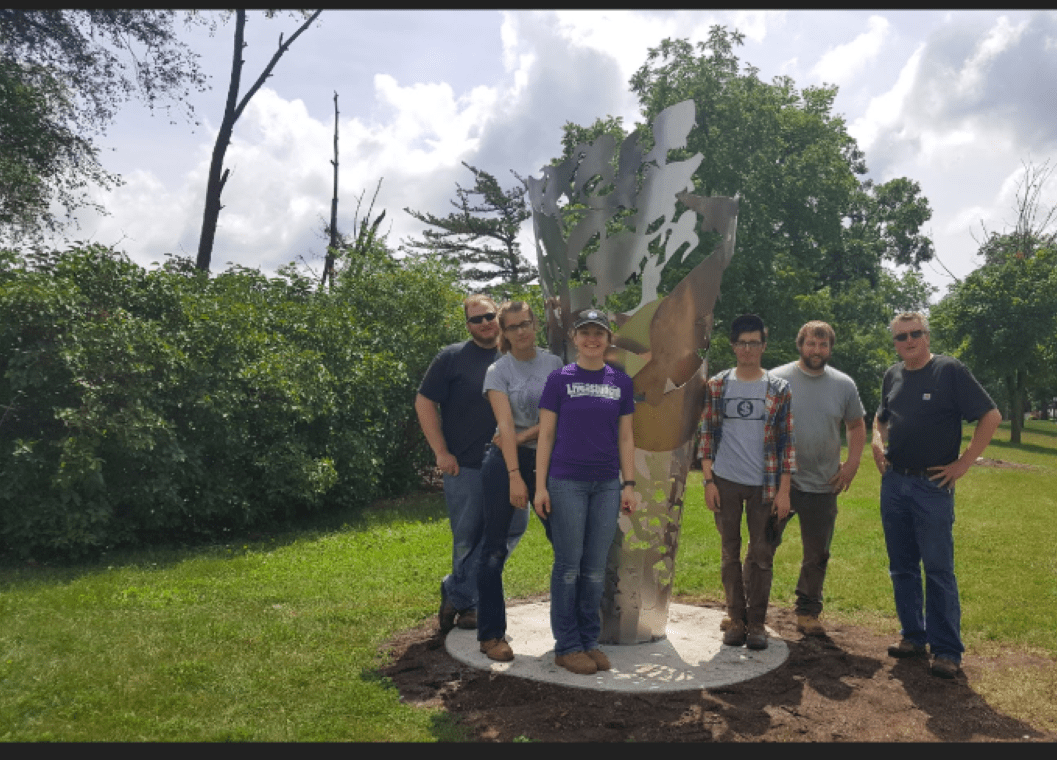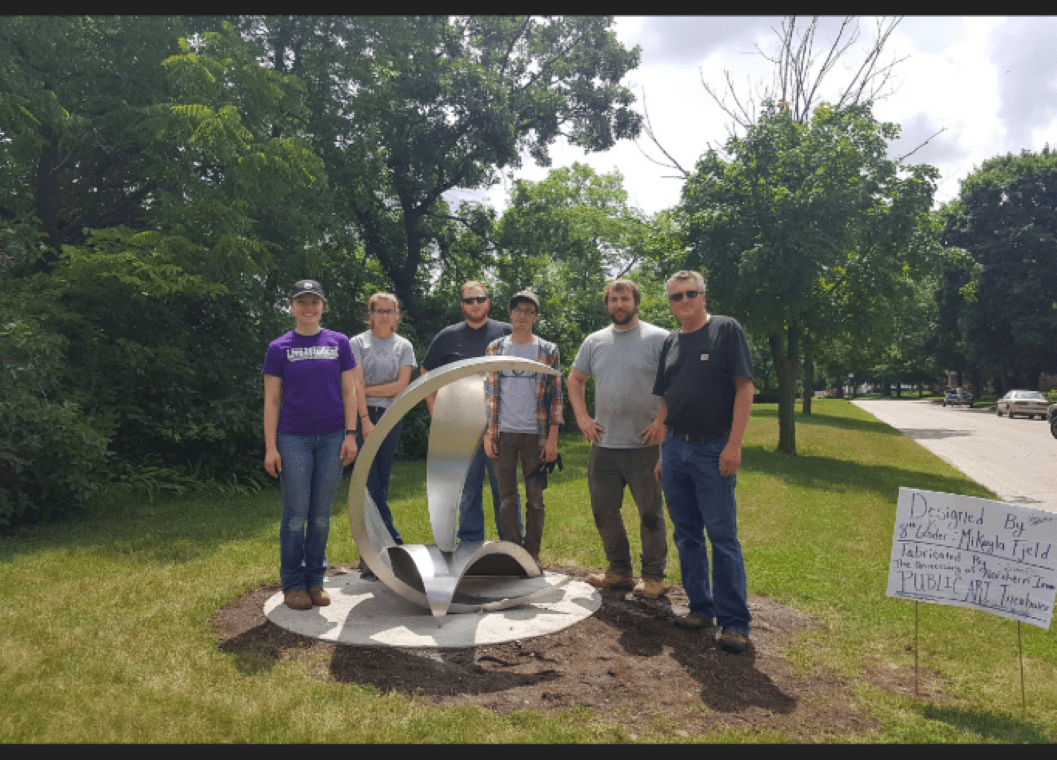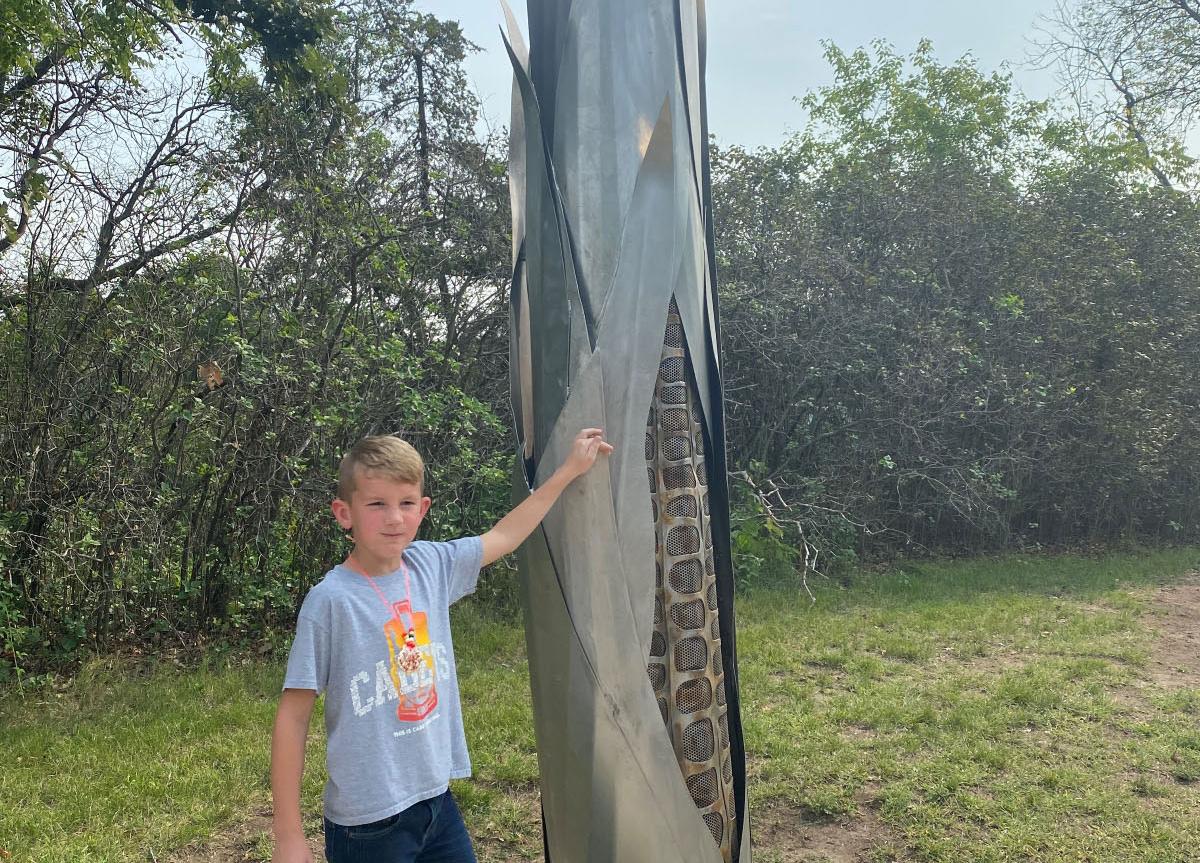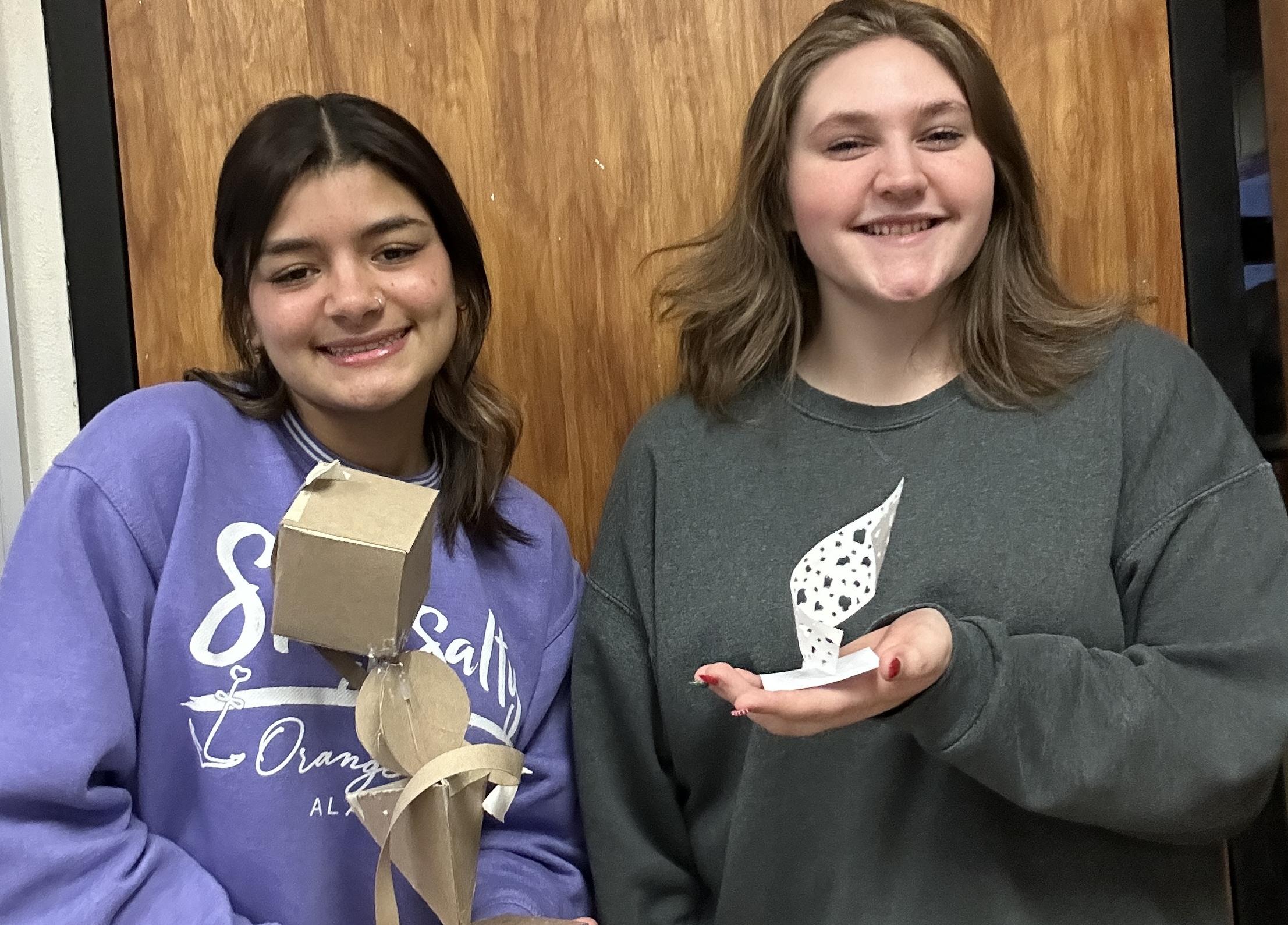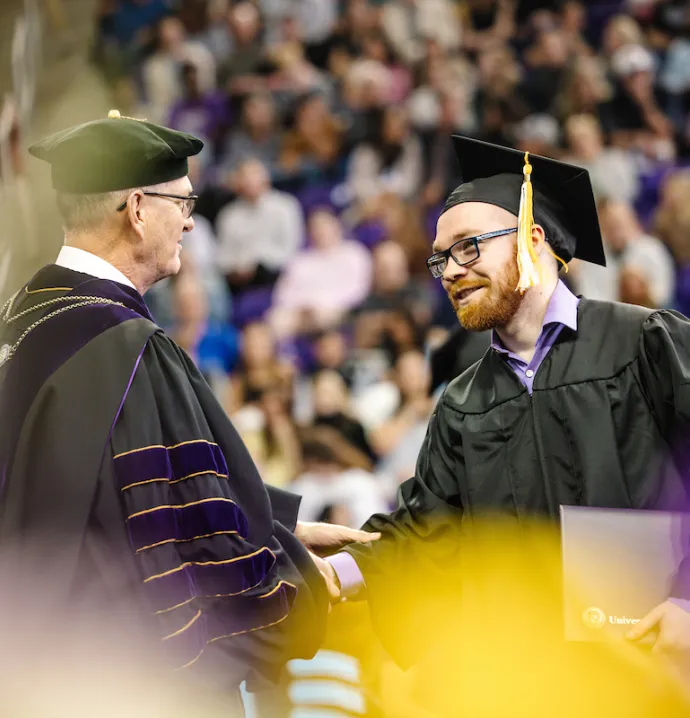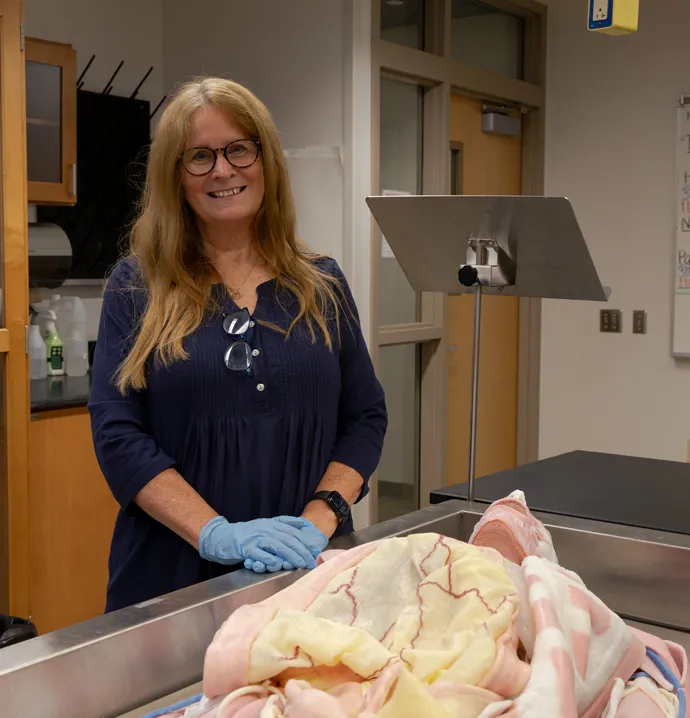UNI Public Art Incubator partnership empowers young artists
UNI Public Art Incubator partnership empowers young artists
The impact of UNI’s Public Art Incubator stretches far beyond campus, and even the Cedar Valley. In the community of Iowa Falls, located around 50 miles west of the University of Northern Iowa, the Public Art Incubator is partnering with local art students to build a sculpture park filled with art created by students from the Iowa Falls-Alden school district.
Under the supervision of UNI staff, UNI students in the Public Art Incubator have fabricated four sculptures based on the middle and high school art students’ designs, and are now in the process of fabricating two more for the community to enjoy.
The collaboration beautifies the Iowa Falls community, gives real-world experience to UNI students and gives the high school students a glimpse into the world of professional arts.
“I think it's so empowering for them to know that as a student, you can make an impact on your world,” said Chelsie Meyer, a 2007 UNI art alum and Iowa Falls-Alden high school art teacher who is helping lead the partnership. “I feel like this project really values my students as artists and as young adults.”
“For our UNI students, they get the opportunity to create something for somebody's community, and it gets to be placed there,” said Dan Perry, coordinator of the UNI Public Art Incubator. “So they're contributing to the cultural landscape.”
The partnership is the result of the strong connections Meyer made while she was at UNI that continued after she graduated. During Meyer’s first year out of college, she received a commission to craft a sculpture for her hometown. Tom Stancliffe, who at the time was leading the sculpture studio, was able to serve as a guide for Meyer throughout the process. After the project was over, Meyer kept in contact with Stancliffe, who is now a professor emeritus, which allowed her to stay connected with the goings on of the art department.
A few years later, the Public Art Incubator (or PAI for short) was up and running in UNI’s Kamerick Art Building, giving students experience working with professional artists to fabricate sculptures for public places like parks and libraries.
Meyer, who was working for the Waverly-Shell Rock middle school at the time, thought involving her students with the incubator would be a fun way to teach them about public art.
“My students were already doing a sculpture project where they would design little mock sculptures or models,” said Meyer. “I was like ‘Gosh, some of these are really, really neat. It would be great to actually make one of them as a sculpture, but obviously, I don’t have that capacity.’”
Luckily, the Public Art Incubator does have that capacity, and Meyer was able to secure a grant to cover the cost of turning one of the student’s models into a large-scale sculpture.
“It started as this idea that students can have an impact on the community in a meaningful way and in a permanent way,” said Perry. “It’s not just a simulation or an exercise. It’s a real thing.”
When Meyer moved to the Iowa Falls-Alden School District, she brought the assignment with her.
Typically, the assignment begins with Meyer showing her students the Public Art Incubator on UNI’s campus. This helps spark their imaginations with sculpture ideas. It also shows the students what a career in art can look like.
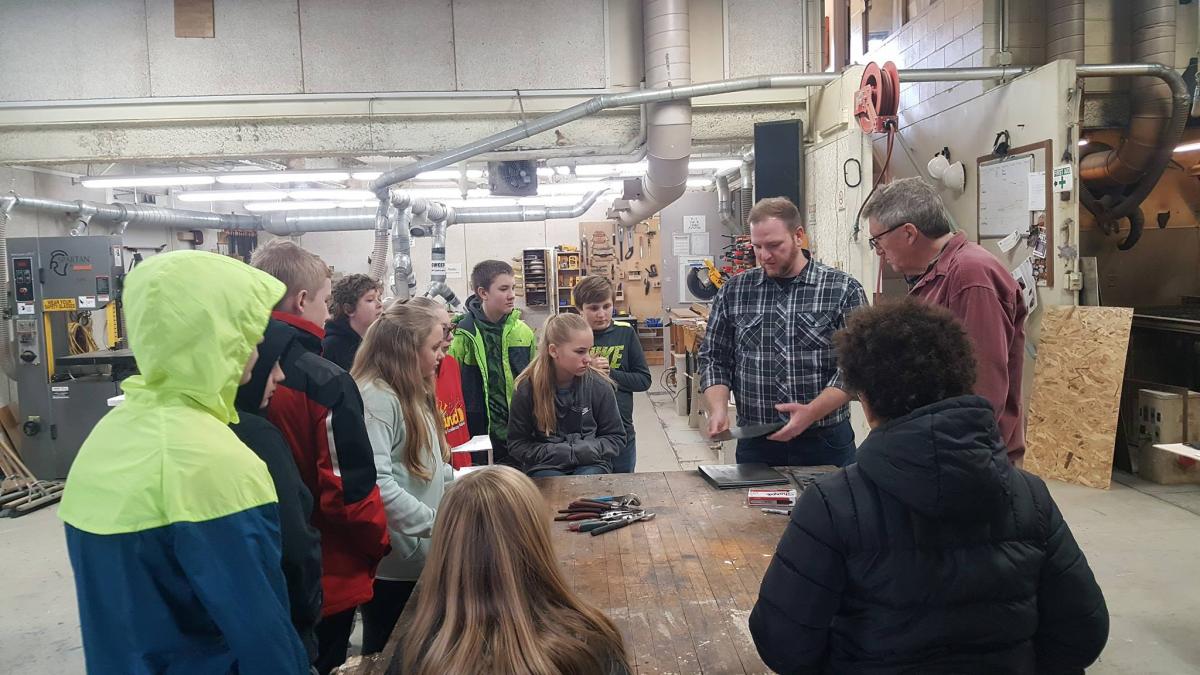
“It shows them that sculpture is an option as a viable art career and that cliché of a starving artist doesn’t have to be the case,” said Meyer. “You can be a thriving, working artist.”
“I really enjoyed meeting Dan and being able to see completed sculptures that he had made,” said Alex Larson, one of Meyer’s past students.
Next, the students fabricate small-scale models, usually out of tagboard, to be critiqued. After students have made any adjustments to their designs, they can present their ideas to the Sculpture Committee group, which contains Iowa Falls residents. This group decides which sculptures will be fabricated.
Finally, UNI students in the Public Art Incubator can get to work, fabricating the sculptures out of aluminum, stainless steel and other materials.
“The exciting thing about it for me is their imaginations run wild, and that's good,” said Perry. “The challenge is that practicality. So they might have this really ambitious idea, but can it be done? Can it physically be made? Does it fit in the budget? Is it even possible to be made? Sometimes their ideas are so ambitious that I don't know if they even have the technology for that yet. But that's the exciting part of it.”
Students enjoy the assignment just as much as Perry enjoys overseeing the fabrication process.
“I wasn't very interested at first about sculptures, but doing this made me enjoy creating art like this on my own more,” said Lauren Lettow, another former student of Meyer’s. “It was fun being introduced to this side of art and really making a connection to the meaning behind art. I enjoyed getting out of my comfort zone and really enjoying a deeper meaning behind art.”
“During the sculpture project for Art & Community, I learned how much time and effort goes into a sculpture,” said Sarama Senn. “This project made me have more respect for others that create sculptures. It was fascinating to see the process that a sculpture takes. Even on a small scale like our class did.”
Designs the PAI has fabricated for Iowa Falls include a 10-foot ear of corn and “Fish Frenzy.” This year’s designs include Thatiana Núñez’s “United Diversities,” which is a series of stacked shapes representing people of different races and ethnicities coming together. “Twisted Spotlight,” which resembles a twisted sheet of paper with various shapes cut from it, “demonstrates connection, community and uniqueness to signify how different and connected the Iowa Falls community is,” according to the artist, Samara Senn.
“All of our projects have some degree of fun, but I think these tend to be more fun because the ideas that come from the students are without pretense,” said Perry. “They’re just pure imagination. They come from a place where students are really thinking about what this community means to them.”
While her community would love it if the project produces several sculptures each year, Meyer hopes to continue the collaboration with the Public Art Incubator and produce at least one sculpture every other year.


